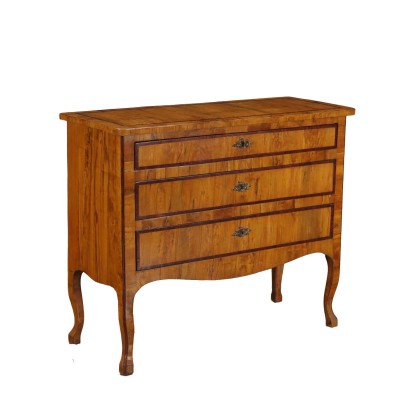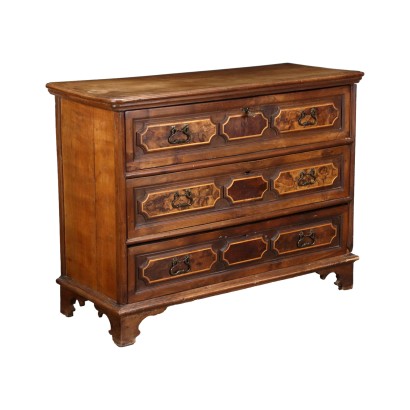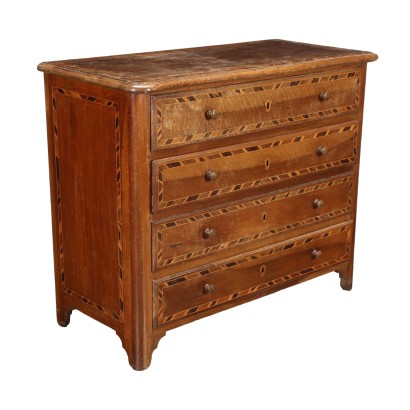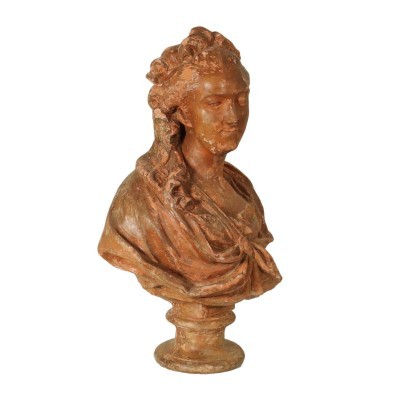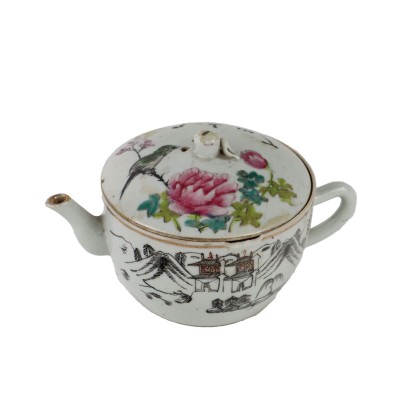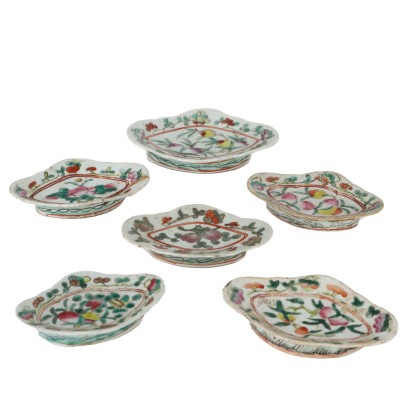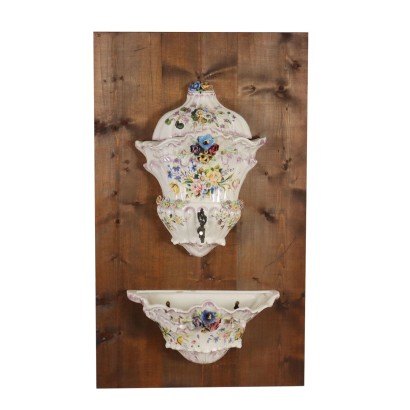Neoclassical Chest of Drawers Poplar Italy XVIII Century - Tuscany Late 18th Century
Features
Tuscany Late 18th Century
Style: Neo-Classical (1765-1790)
Age: 18th Century / 1701 - 1800
Origin: Toscana, Italy
Main essence: Silver Fir , Poplar , Olive
Description
Neoclassical chest of drawers supported by wavy legs, on the front it has three drawers; in olive with amaranth threads, the interiors are in fir and poplar.
Product Condition:
Product that due to age and wear requires restoration and resumption of polishing.
Dimensions (cm):
Height: 86
Width: 103
Depth: 41
Additional Information
Style: Neo-Classical (1765-1790)
This historical period includes a first phase that can be properly defined as the Louis XVI style.nOnly at a later time, with the maturation of archaeological fashions, was a new vision of furnishing civilization formulated and codified, now fully attributable to the Neoclassical Style.
In fact, both trends coexisted in unison until the last years of the eighteenth century.
nIn the field of cabinet making, the Directoire, Retour d'Egypte, Consular and Empire styles also fall within the neoclassical era.
nFind out more about Neoclassicism with the insights from our blog...
n
Age: 18th Century / 1701 - 1800
18th Century / 1701 - 1800Main essence:
Silver Fir
Soft coniferous wood, used for rustic furniture or to build the chest, that is the structure, of furniture then veneered in more precious woods. It has been used since ancient times, its most valuable use is, in the Spruce variant, in the inlays of French antique furniture of the '700 . The spruce, more typical of northern Europe, in Italy grows mainly in the Eastern Alps at altitudes above 1300 m. The noblest use of this essence was in the construction of violins, guitars and cellos: Stradivari himself produced his famous violins with this wood.Poplar
Essence considered "poor", it is a white wood, with yellowish or greyish shades, light and tender, which is easily damaged. It is used for rustic furniture or in the construction of furniture. The most valuable use it has had in the history of furniture is in Germany, in the 19th century, for veneers and inlays in the Biedermeier period.Olive
Extracted from the plant called olea europaea which lives in all the Mediterranean lands, it is a hard and compact wood. It has a characteristic light color, greenish yellow, with particular dark veins. It is widely used in cabinet making both as a solid wood for entire furniture, and for inlays, veneers and decorations. As it is very hard, it is also suitable for round work and for the manufacture of small objects. Alternative proposals
It could also interest you



